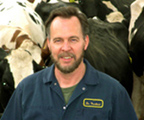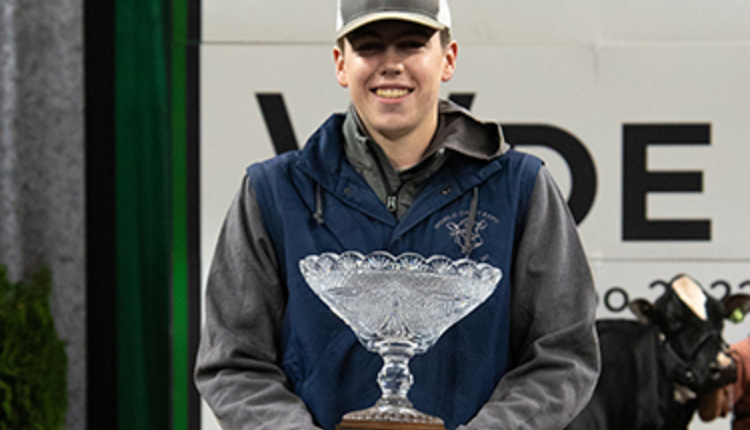 Although they gave independent presentations at the World Holstein Conference in Toronto, Canada, both Ken Nordlund, D.V.M., and Gerard Cramer, D.V.M., agreed that the nutrition programs on most dairy farms are up to par. With that conclusion, don't blame your nutritionist for underperforming cows concluded this pair of veterinarians.
Although they gave independent presentations at the World Holstein Conference in Toronto, Canada, both Ken Nordlund, D.V.M., and Gerard Cramer, D.V.M., agreed that the nutrition programs on most dairy farms are up to par. With that conclusion, don't blame your nutritionist for underperforming cows concluded this pair of veterinarians. Transition cows: those three weeks before and after calving need the greatest attention. "About 75 percent of cow-related disease happens in the three weeks before and the three weeks after calving," Nordlund explained. "If you are having fresh cow issues, these are the top five causes based on our research:
1. Bunk space: cows need at least 30 inches
2. Use sand in free stalls
3. Use larger sized free stalls
4. Screen sick cows for appetite and attitude
5. Minimize regrouping 3 to 10 days before calving."
Nordlund went on to add that we must minimize social disruptions caused by pen movements. Also he detailed a bit more on stall size, "Length of free stall does more to reduce longevity in large-framed Holsteins than any other factor," said the Wisconsin veterinarian.
 "There are six things we can do to improve foot health," Cramer told those attending the World Holstein Conference which had some 600 attendees from 40-plus countries.
"There are six things we can do to improve foot health," Cramer told those attending the World Holstein Conference which had some 600 attendees from 40-plus countries.1. Record and use hoof lesion data.
2. Find and treat lame cows early.
3. Create conditions for clean, dry and comfortable feet.
4. Use foot dipping or bathing.
5. Ensure proper weight bearing when trimming feet.
6. Minimize metabolic stress in transition cows.
"The term foot dipping might be foreign to some in the audience," he said. "Think about it. We dip teats. The same should be done with feet, they should be dipped or bathed when going through foot baths to be effective," he told attendees to the conference hosted by Holstein Canada just before the Royal Winter Fair.








